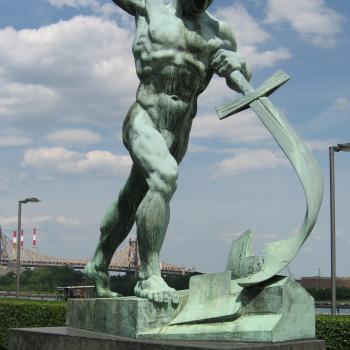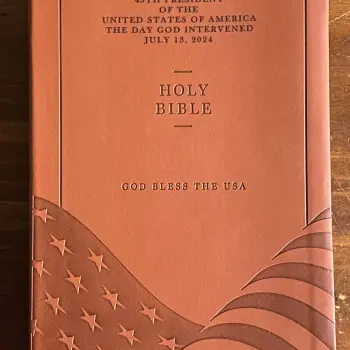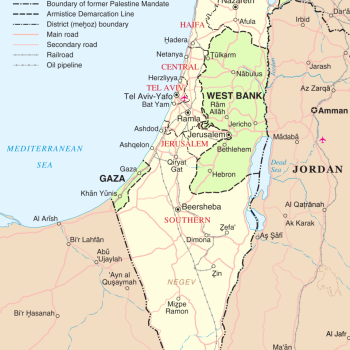 Thursday, after eleven years of bitter separation, the two Palestinian groups that control Palestinians living in the Levant agreed to further their unification that began in 2014. With Egypt’s President El-Sisi as the reconciler, Fatah and Hamas signed an agreement in Cairo saying that Fatah will continue to control Palestinians in the West Bank and now also those in the Gaza Strip through the Palestinian Authority until a unity government is formed by means of an election before year’s end. Hamas hereby admits that it has been unsuccessful in governing the Gaza Strip and therefore needs Fatah’s help. It is believed that Saudi Arabia and other Gulf states have backed this agreement. This could be historic.
Thursday, after eleven years of bitter separation, the two Palestinian groups that control Palestinians living in the Levant agreed to further their unification that began in 2014. With Egypt’s President El-Sisi as the reconciler, Fatah and Hamas signed an agreement in Cairo saying that Fatah will continue to control Palestinians in the West Bank and now also those in the Gaza Strip through the Palestinian Authority until a unity government is formed by means of an election before year’s end. Hamas hereby admits that it has been unsuccessful in governing the Gaza Strip and therefore needs Fatah’s help. It is believed that Saudi Arabia and other Gulf states have backed this agreement. This could be historic.
The New York Times reported that Ahmed Yousef, an adviser to the Hamas leader Ismail Haniya, said of Emirati and Saudi support, “This merger is going to cost a lot of money, and they will help us financially. The Egyptians also clearly got a green light from America. They are obviously trying to cook up something to help end this conflict.”
These two groups, Fatah and Hamas, have tried reconciliation before and failed. But this agreement has a better chance of succeeding since Egypt was involved and the Gaza Strip has experienced its worst humanitarian catastrophe ever. The region’s two million citizens still suffer from enormous destruction of past bombings by Israel in its three wars with Hamas in the past nine years. And the average Gaza Strip resident only gets about three hours of electricity per day. Plus, the UN recently announced that only one out ten Gaza Strip citizens have access to potable water.
The Gaza Strip–shaped like rectangular seven miles long and four miles wide–lies alongside the Mediterranean coast. It is about the mostly densely populated territory in the world, and it’s getting worse. Five years ago, the United Nations warned that the Gaza Strip would be unlivable by 2020. Now, a new UN report says conditions are deteriorating even faster. The UN has said by the end of this year Gaza’s only water aquifer will be totally depleted due to salt water entering it. The UN says this damage likely will be irreversible by 2020. Sewage dumping in the sea increases. The region is in dire need of water treatment facilities.
Palestinian unification raises hopes at solving the Israeli-Palestinian conflict with the result that Palestinians achieve their own state. As a close observer of this conflict for the past 36 years, I believe the only way that can happen is by there being two states. But in my book, Pale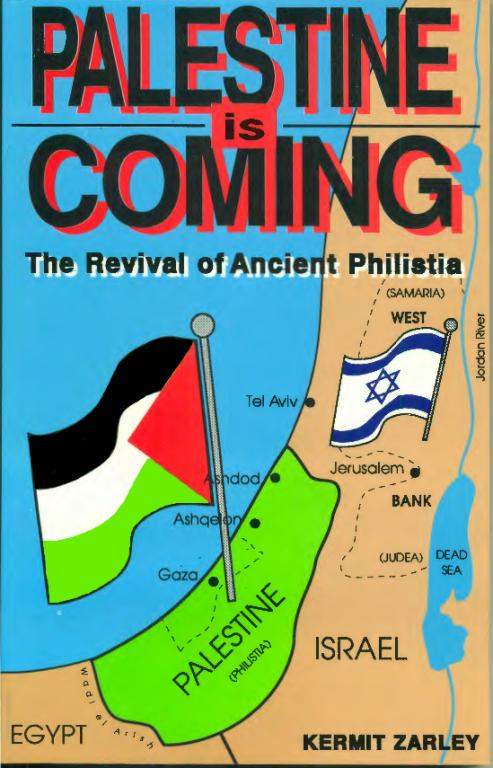 stine Is Coming: The Revival of Ancient Philistia, published in 1990, I claim that this conflict will not be solved by the traditional two-state proposal in which a Palestinian state would exist in the two separated territories of the Gaza Strip and the West Bank, or a portion thereof, joined together by corridor.
stine Is Coming: The Revival of Ancient Philistia, published in 1990, I claim that this conflict will not be solved by the traditional two-state proposal in which a Palestinian state would exist in the two separated territories of the Gaza Strip and the West Bank, or a portion thereof, joined together by corridor.
Rather, I claim that Bible prophecy indicates that at the end of this age, there will be a Palestinian state located approximately in “the land of the Philistines,” the arch rival of the Israelites during antiquity. (See especially Isaiah 11.14 and Zecharian 9.5-8.) It was located in the coastal plain and included the city-states of Gaza, Ashkelon, and Ashdod, which latter two are now located in Israel. Philistia’s norther border was often the Nahal Sorek, located about ten miles south of Tel Aviv, and its southern border was the Wadi el Arish, about twenty-five miles south of the Gaza Strip.
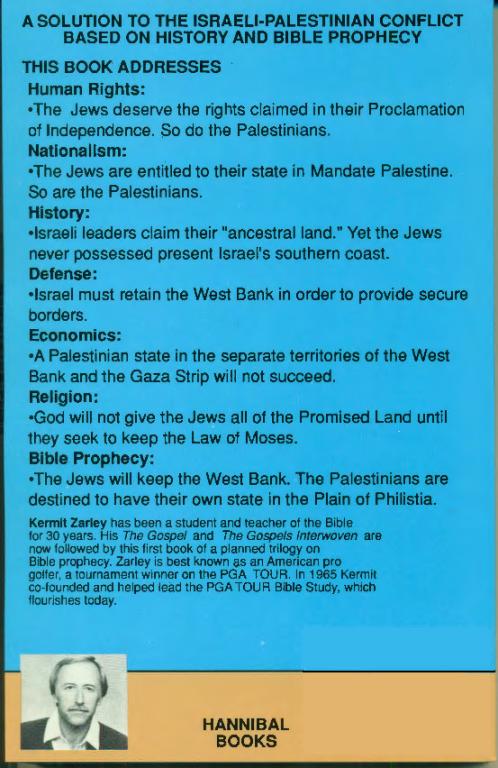 So, I maintain that a Palestinian state will be established in the coastal plain as a very expanded Gaza Strip and that Israel will annex the West Bank. If this agreement between Fatah and Hamas holds, it further supports my proposal. I also suggest that this Palestinian state solve its important lack of water by extending the Al-Salam Canal a little so that this State of Palestine could receive some Nile River water. As the years transpire, my proposal–which is not really mine but what I perceive that Bible prophecy indicates–continues to look better and better.
So, I maintain that a Palestinian state will be established in the coastal plain as a very expanded Gaza Strip and that Israel will annex the West Bank. If this agreement between Fatah and Hamas holds, it further supports my proposal. I also suggest that this Palestinian state solve its important lack of water by extending the Al-Salam Canal a little so that this State of Palestine could receive some Nile River water. As the years transpire, my proposal–which is not really mine but what I perceive that Bible prophecy indicates–continues to look better and better.




